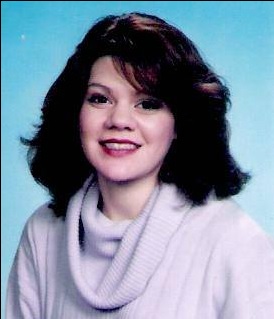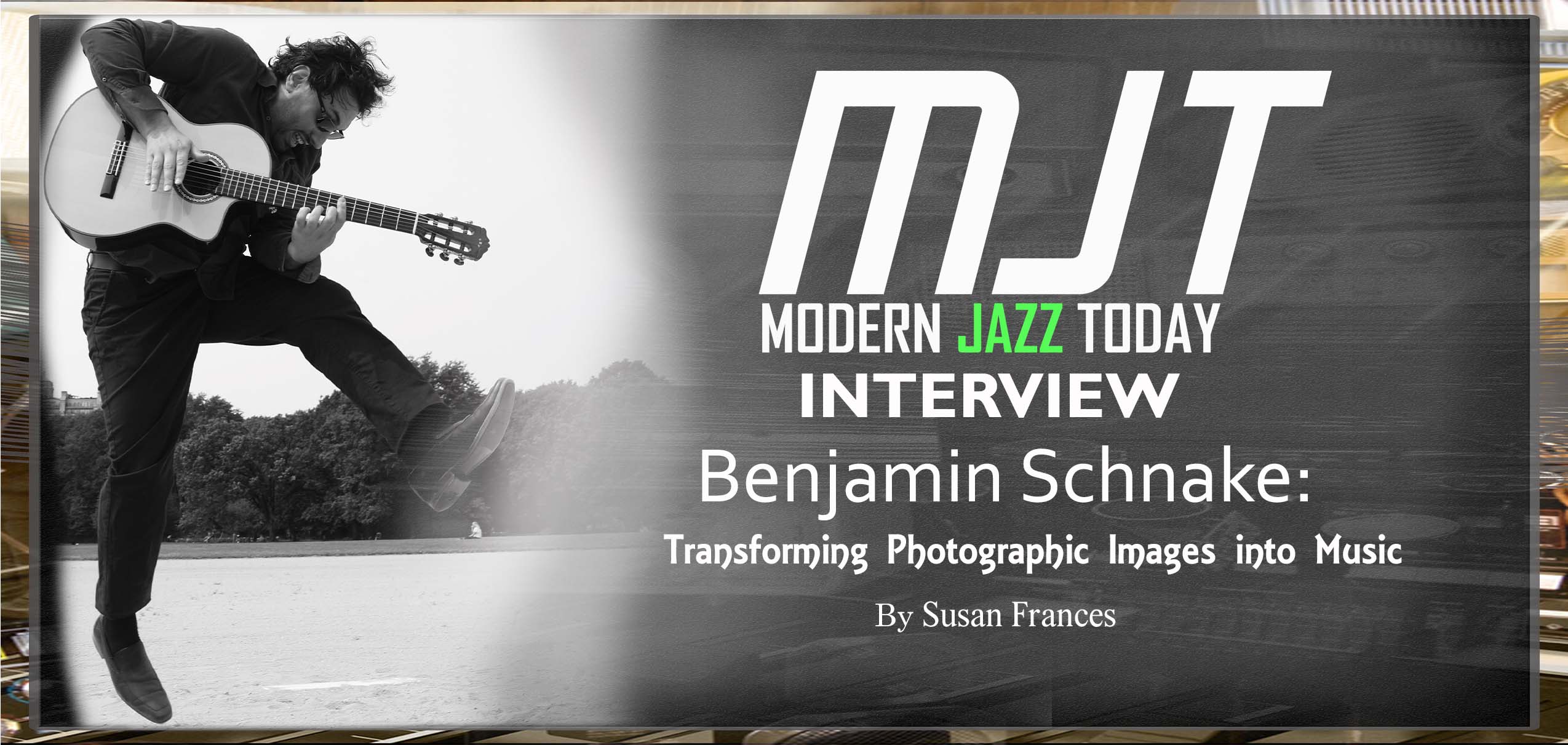Benjamin Schnake: Transforming Photographic Images into Music
What guitarist, multi-instrumentalist, composer, and arranger Benjamin Schnake communicates in his compositions affects audiences the way lush landscapes and stimulating images enliven a blank canvas, making an indelible impression on listeners. His latest CD, The Joy of Playing, is an amalgam of multiple musical influences, stemming from his birthplace of Chile to his scholarly pursuits while attending Howard University and later New York University.

He perceives, “It’s a rich blend of the Native Americans, African, and the European tradition. You can feel all 3 influences in the music, in the lyrics, in the stories. A lot of 6/8, interesting syncopations, and so many styles like cueca, Zambia, marinera, Peruvian waltzes, chacarera, and so many more. I’d say that I learned a very particular way of feeling music, of feeling rhythmically, which I’d say is our main characteristic as South American musicians.”
Feeling music rhythmically has enabled Schnake to make his music special, and audiences will comprehend his special connection to his music immediately. “Everything,” he admits, “my whole life as a musician” expresses how deeply his passion for playing music is.
He illuminates about The Joy of Playing, “I feel like this record is a photography of many of the things I’ve done so far musically. It was an incredible but under pressure experience! So much work, sweat, challenges in writing the music, inputting the band together, in doing the recording in one day! But it was all worth it, I’m so happy with the final product, and I can’t wait to see where this is going to take me.”
His reworking of Charles Mingus’ vintage track “Goodbye Pork Pie Hat,” performed on the recording, was an opportunity
“There’s something mysterious about this tune,” he discerns about the transition from the 1950s into the 1960s, “bluesy but very modern at the same time. I think Mingus was such a creative artist, following the jazz tradition but breaking barriers, innovating with his own style, and that is exactly how I feel myself as an artist too, with the wish to bring something new to the table, to push forward by creating new music, by innovating and delivering a new vision.”
Schnake’s photographic images articulated in music did not only focus on vintage American jazz, but he also delved into the music of his Chilean roots. His arrangement for “Ajú,” a Chilean Folklore, showcases his affinity for the music of his upbringing. “It was about 3 months before the recording, and I needed something simple but effective to write for it. That’s when I thought of taking a folk tune, particularly a cumbeón like this one, and improvise through the form.”

Another track on the recording, “Lakitas,” features Schnake’s dexterity as a mandolinist. He explains why he chose this traditional South American tune to tweak, “Well, there’s a lot of different kinds of huaynos, but many of them are supposed to be played with mandolin as part of the Andean folk tradition. I’ve played mandolin since I was starting college, always loved it, and I thought it could sound really good on this tune!”
He examines, “The mandolin played in this style as a driving force, with the rhythmic ornaments, small tremolos, which they’re very similar to how to play the charango, and it works beautifully blended in terms of timbre with the flute, or originally with the quena. Speaking of which, my next album will include charango, which is another instrument that I loved and played since I was a kid.”
As a kid, Benjamin Schnake was continually inspired and influenced by the music around him. He recollects, “My mother used to play guitar when I was a kid. Along with my whole family, we were the church choir of my great uncle’s church.”
“I was surrounded by music since I was a little kid,” he shares, “my brothers played music too back then and until this day. My older brother started taking guitar lessons, and some of my friends at school. It was only natural that I got intrigued about it along with other string instruments like the charango. I learned Andean flutes along with all Andean music thanks to my dear mentor Danny Rogríguez, a Chilean musician, composer and producer from Antofagasta. We’re still close friends and work together till this day.”

“Back in 2014,” he cites, “we had a wonderful festival at the Smithsonian Native American museum that lasted a week, in which we played with the band Los Sayas. My eyes were opened to this city, and I saw myself learning, studying, and living there. I didn’t know too much about the music scene, but I got to meet some great teachers and players at Howard.”
After Howard, Schnake delved deeper into his talent, enhancing his skills as a musician and performer while attending New York University in Manhattan. He proclaims, “I actually always had an interest in doing composition and recording. It’s just that New York University was able to provide me with tools to accomplish these, by having ensembles that could play my compositions in order to test them, and by having an album recording as being the final project for the master’s, and obviously having amazing private compositions and instrumental lessons with incredible artists like Alan Ferber and Adam Rogers, to name a few.”
His musical education worked to build his skills as a composer, in addition to giving him confidence as a live performer. He recollects, “I’ve had a lot of band experienced in the past in Chile. While I love that, I thought, ‘why not try a project completely of my own, not just as a bandleader, but also being able to lead completely with my writing?’ I think trying a new experience is a great thing.”
“While I still play in different projects,” he continues, “sometimes in a leader role or as a sideman. Also, nowadays, most jazz musicians have their own projects, whether it is a small band like a trio or a big band orchestra, so I think I was following that trend.”

The course that Schnake has chosen to take has brought him to The Joy of Playing, carving a journey that has enabled him to grow into an artist who translates photographic images into music. He remarks, “In one word…evolution,” has enabled him to grow as a musician and composer.
“I’m constantly changing by year, month, and day,” he deciphers. “Feeling stagnant is what kills creation! There’s always a feeling of moving onto the next thing, the next project, writing something new, looking for new things! I can find inspiration in any kind of music; I’m open to feel wonder through my ears. I’m happy with my evolution so far as a musician, but there’s still so much to do, so much to create, so much to play!”
Schnake’s life as a musician consumes much of his time, but he also makes time for social pursuits as he cheers, “I like going out with my friends, social gatherings! I also try to stay in shape and work out, although I’ve been away from it lately, due to being so focused on my work both as a musician and an educator. Sometimes the hobby for a musician it’s just more music! Especially when you have musician friends, and you end up playing with them.”
Benjamin Schnake transforms photographic images into music as a guitarist, multi-instrumentalist, composer, and arranger. His remodeling of vintage jazz arrangements and folkloric classics makes an indelible impression on listeners. His latest CD, The Joy of Playing, is an amalgam of his multi-cultural musical influences, bringing together South America, North America, and Europe’s classic rhythmic patterns, creating compositions that highlight what makes Schnake unique as an artist.
About Susan Frances:
 Born in Brooklyn, New York and raised in eastern Long Island, I always enjoyed writing and made several contributions to my high school literary magazine, The Lion’s Pen. Influenced by writers of epic novels including Colleen McCullough and James Clavell, I gravitated to creative writing. After graduating from New York University with a BA in Liberal Arts, I tried my hand at conventional jobs but always returned to creative writing. Since 1998, I have been a freelance writer and have over three thousand articles to various e-zines including: Jazz Times, Blogcritics, Yahoo Voices, Goodreads.com, Authors and Books (books.wiseto.com), TheReadingRoom.com, Amazon.com, Epinions.com, Fictiondb.com, LibraryThing.com, BTS emag, BarnesandNoble.com, RomanticHistoricalReviews.com, AReCafe.com, Hybrid Magazine, and BookDepository.com. In 2013 and 2014, I was a judge in the Orange Rose Writing Competition sponsored by the Orange County chapter of the Romance Writers of America located in Brea, California.
Born in Brooklyn, New York and raised in eastern Long Island, I always enjoyed writing and made several contributions to my high school literary magazine, The Lion’s Pen. Influenced by writers of epic novels including Colleen McCullough and James Clavell, I gravitated to creative writing. After graduating from New York University with a BA in Liberal Arts, I tried my hand at conventional jobs but always returned to creative writing. Since 1998, I have been a freelance writer and have over three thousand articles to various e-zines including: Jazz Times, Blogcritics, Yahoo Voices, Goodreads.com, Authors and Books (books.wiseto.com), TheReadingRoom.com, Amazon.com, Epinions.com, Fictiondb.com, LibraryThing.com, BTS emag, BarnesandNoble.com, RomanticHistoricalReviews.com, AReCafe.com, Hybrid Magazine, and BookDepository.com. In 2013 and 2014, I was a judge in the Orange Rose Writing Competition sponsored by the Orange County chapter of the Romance Writers of America located in Brea, California.





No Comments